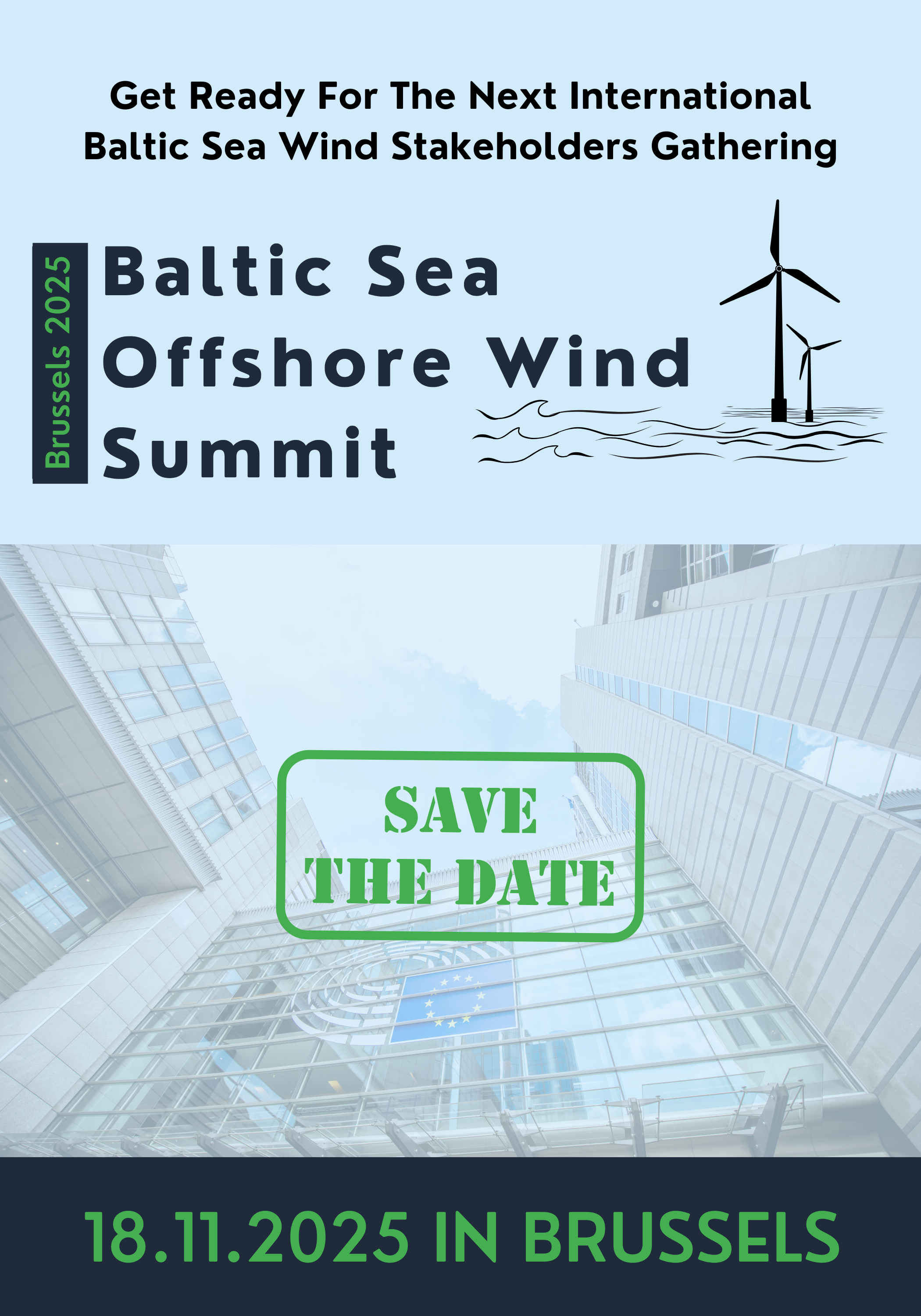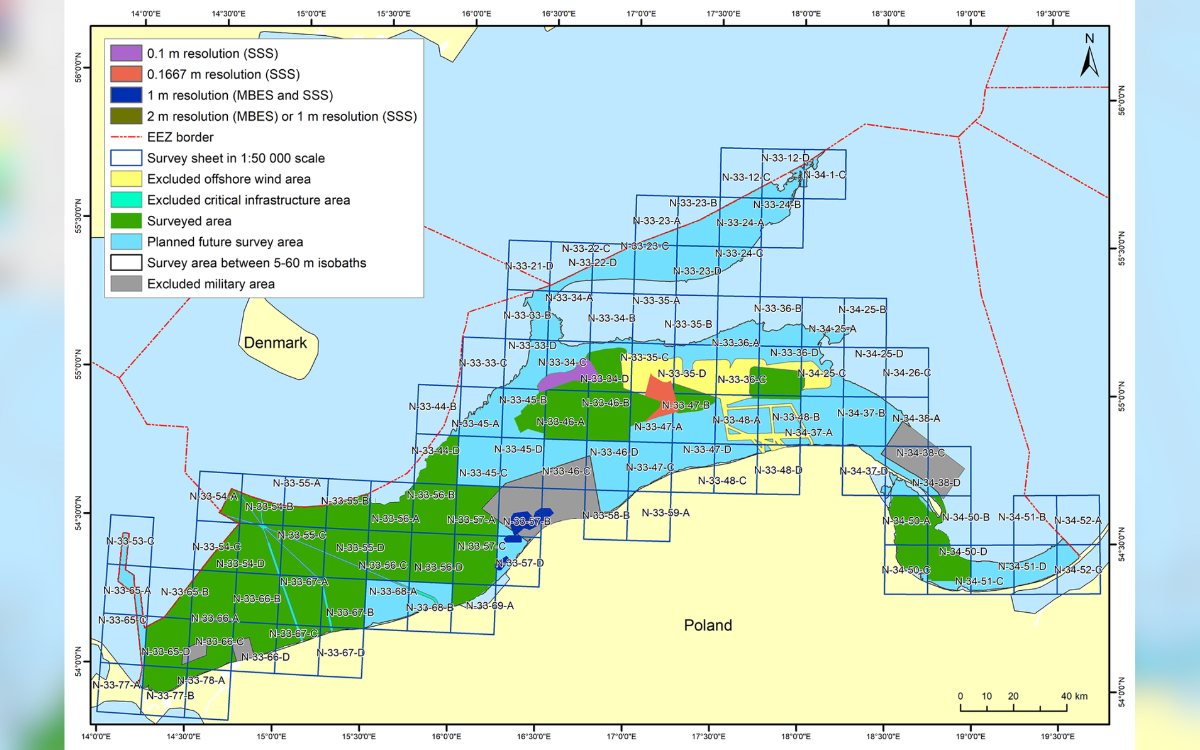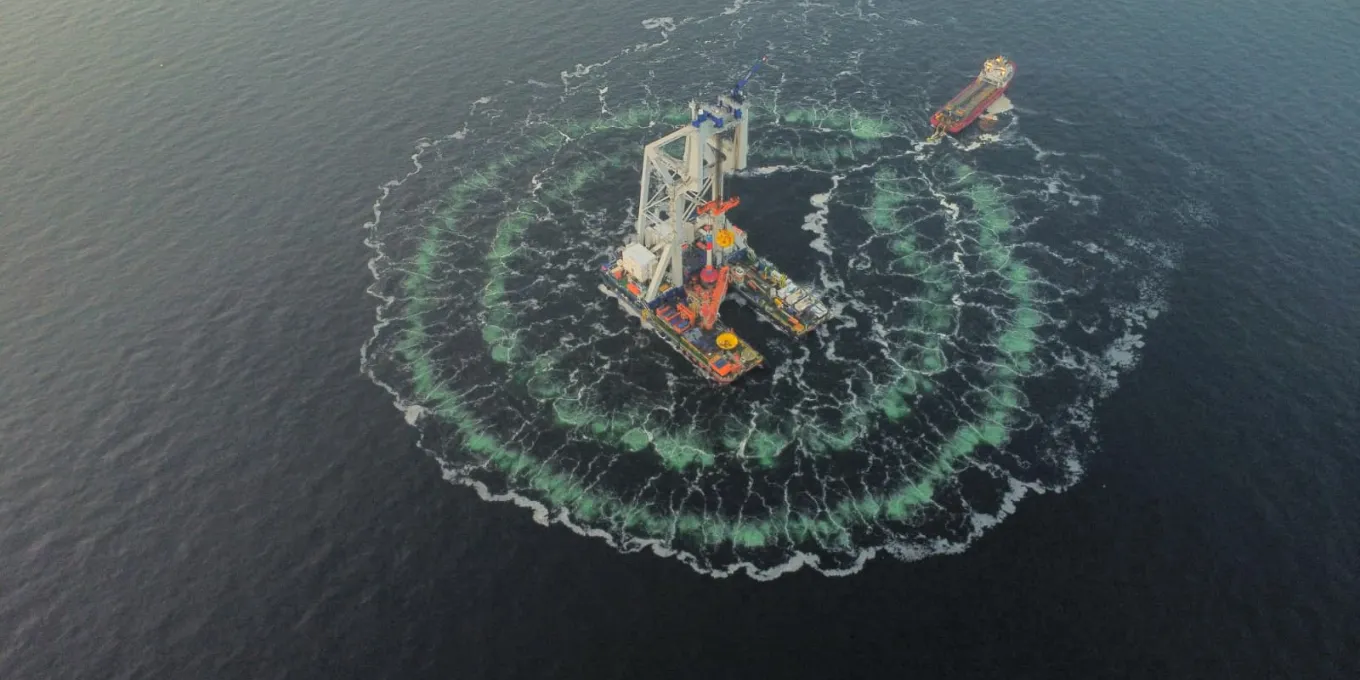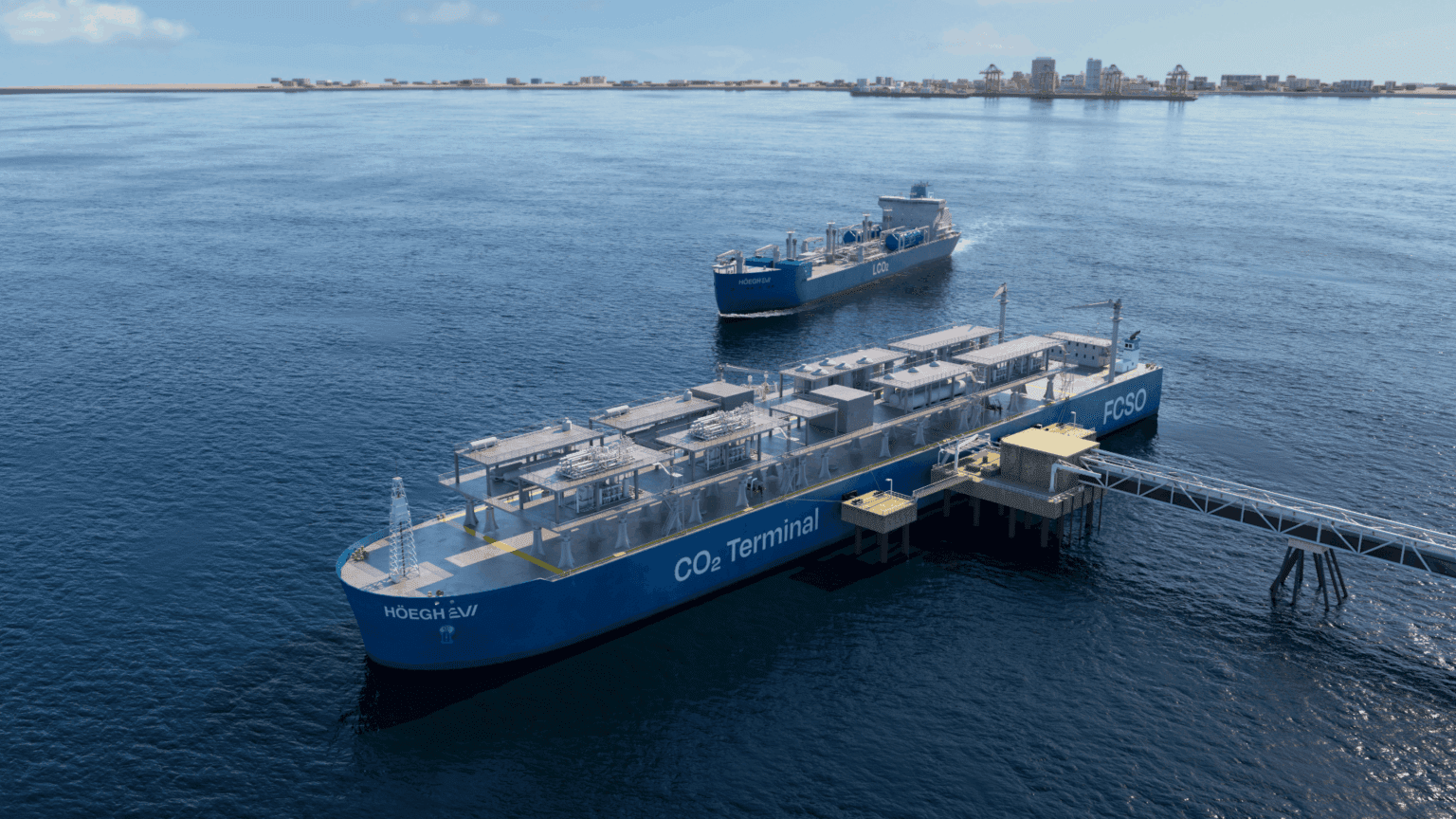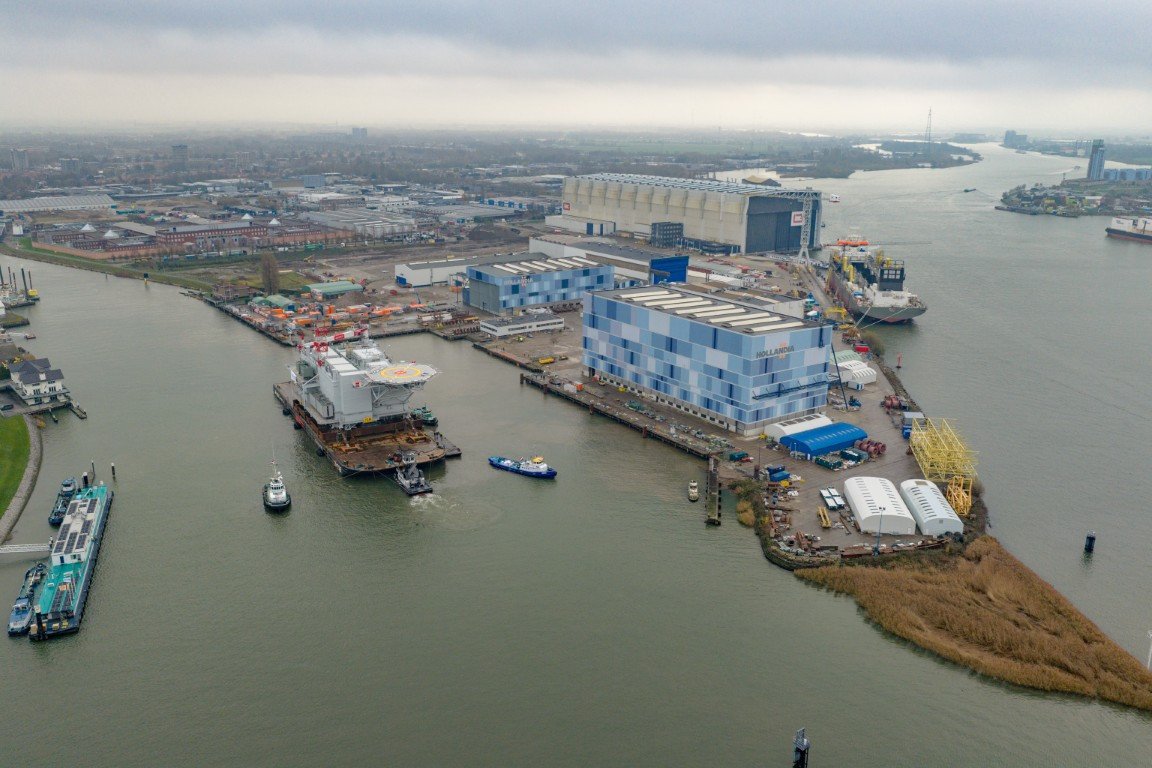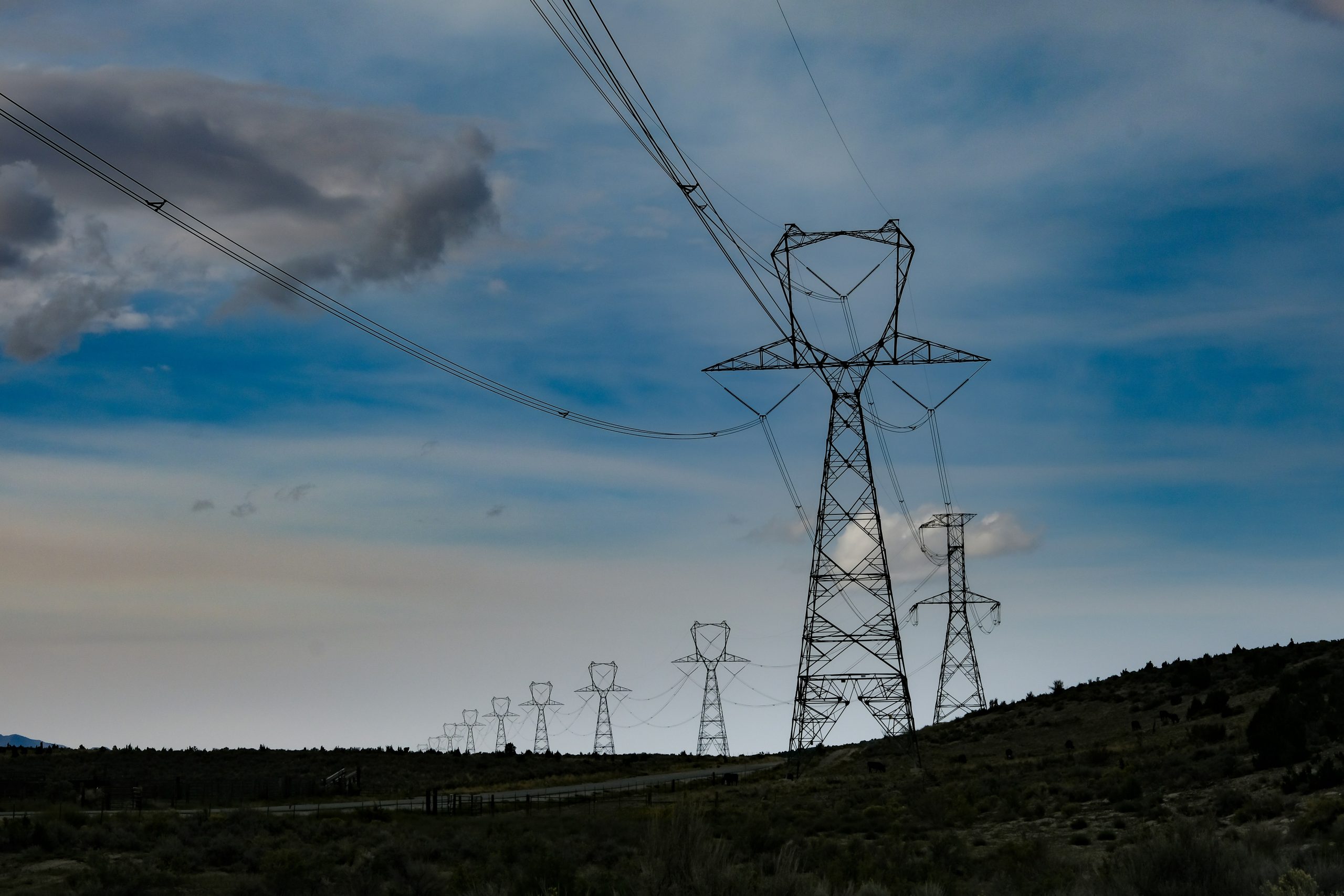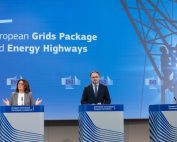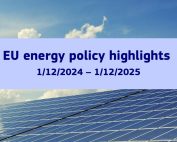By Alexandra Garatzogianni, EUSEW’s digital ambassador explains why energy sovereignty is vital for strengthening Europe’s resilience, advancing innovation, and securing strategic leadership in a geopolitically volatile world.
This opinion editorial is produced in co-operation with the European Sustainable Energy Week (EUSEW) 2025. See ec.europa.eu/eusew for more details.
As global energy rivalries intensify, the EU’s pursuit of energy sovereignty is no longer just about climate; it’s about power, resilience, and survival in a volatile world. Can the EU evolve from climate pioneer to strategic leader? This article explores how innovation, geopolitics, and autonomy intersect in the EU’s energy transformation.
From green goals to geopolitical stakes
Energy constitutes a pillar of geopolitical rivalry. Global competition over energy resources and emerging technologies reconfigures the energy transition. Energy resources and technologies constitute strategic tools through which state and non-state actors assert influence and secure geopolitical advantages. While advancing cleantech remains critical, states should further broaden innovation strategies to safeguard sovereignty, enhance resilience, and actively co-shape global norms.
To remain competitive in the evolving global innovation landscape, energy strategies should transcend conventional paradigms by systematically incorporating digitalisation, green hydrogen, advanced storage technologies, smart grids, and AI-enabled energy systems. Future-proofing EU’s energy sector requires flexible, adaptive innovation frameworks, deploying emerging technologies and aligning with shifting geopolitical contexts.
Scaling innovation and dual-use dilemmas
Fragmented regulation, access to capital, and markets restrict Europe’s cleantech start-ups. Strengthening regional innovation hubs and university–industry ecosystems further empowers entrepreneurs to rapidly test, scale, and commercialise breakthrough technologies. Energy innovation holds untapped strategic value through its dual-use potential. Technologies like hydrogen and batteries benefit both energy and defence. Aligning energy and security strategies can enhance geopolitical leverage. However, techno-nationalist, dual-use approaches risk heightening tensions and undermining global cooperation. The EU should balance strategic autonomy with openness to avoid fuelling zero-sum dynamics.
Resilience through diversification
Rising geopolitical volatility requires recalibrating energy strategies, reducing external dependencies, particularly for fossil fuels and critical materials, through diversified supply chains, strategic alliances, and strengthened domestic capacities in extraction and recycling. Embedding energy policies within broader external and industrial strategies enables the EU to co-shape global standards while enhancing internal resilience via grid interconnectivity, digitalisation, and decentralised infrastructure. Energy sovereignty entails autonomous and assertive action, not isolationism, and requires aligning innovation, partnerships, and foresight within a coherent, well-governed strategic frameworks.
The future is multidisciplinary
Innovation sovereignty is no longer optional. As clean technologies become geopolitical assets, the EU must secure its technological base and shield its critical infrastructure from hybrid threats.
Embedding energy innovation within industrial and security frameworks will unlock Europe’s strategic potential by fostering multidisciplinary ecosystems, driven by mission-oriented R&D and public–private collaborations, which catalyse energy leadership. Long-term success hinges on scaling emerging technologies and aligning climate goals with strategic imperatives.
Energy underpins prosperity, competitiveness, and security. Its governance must evolve beyond sustainability, to encompass equity, resilience, and strategic foresight. This transformation requires collaboration across sectors and regions, driven by coherent institutions and visionary leadership. By embedding the energy transition within broader strategic frameworks, the EU can transform vulnerabilities into strengths, thereby persevering as a decisive energy force.
Recommended links:
- A European Green Deal: Striving to be the First Climate-Neutral Continent, European Commission.
- Net-Zero Industry Act: Making the EU the Home of Clean Technologies Manufacturing and Green Jobs European Commission.
- International Energy Agency (IEA). Energy Technology Perspectives 2023: Net Zero Pathways.
- Critical Raw Materials: Securing the EU’s Supply and Sovereignty, European Parliament.
- Net-Zero Industry Act, European Commission.
About the author
Alexandra Garatzogianni serves as the Head of Knowledge and Technology Transfer at the Leibniz Information Centre for Science and Technology (TIB) and as Coordinator of EU-funded Innovation and Entrepreneurship projects at the Leibniz University of Hannover (LUH). A purpose-driven executive, she holds an MSc in Innovation and Entrepreneurship from HEC Paris, an MBA from Heriot-Watt University, Edinburgh Business School, and a Postgraduate Executive Diploma in Management Consulting from Grenoble Ecole de Management.
Alexandra is a strong advocate for the transformative potential of innovation ecosystems, entrepreneurship, and citizen science, with a particular focus on addressing complex, multifaceted challenges. She co-leads the Leibniz Joint Lab on Data Science & Open Knowledge, a collaborative initiative between TIB, LUH, and the L3S Research Center, and is deeply involved in supporting the commercialisation of research. Previously, Alexandra held a project leader role at the Fraunhofer Society, where she managed European and national industrial projects focused on delivering market-ready research products, prototypes, and pilots. With over 10 years of experience, she has served as a mentor, evaluator, and consultant for data- and technology-driven entrepreneurs.
Neither the European Commission nor any person acting on behalf of the Commission is responsible for the use that might be made of the information in the article. The opinions expressed are those of the author(s) only and should not be considered as representative of the European Commission’s official position.
Source: EUSEW


